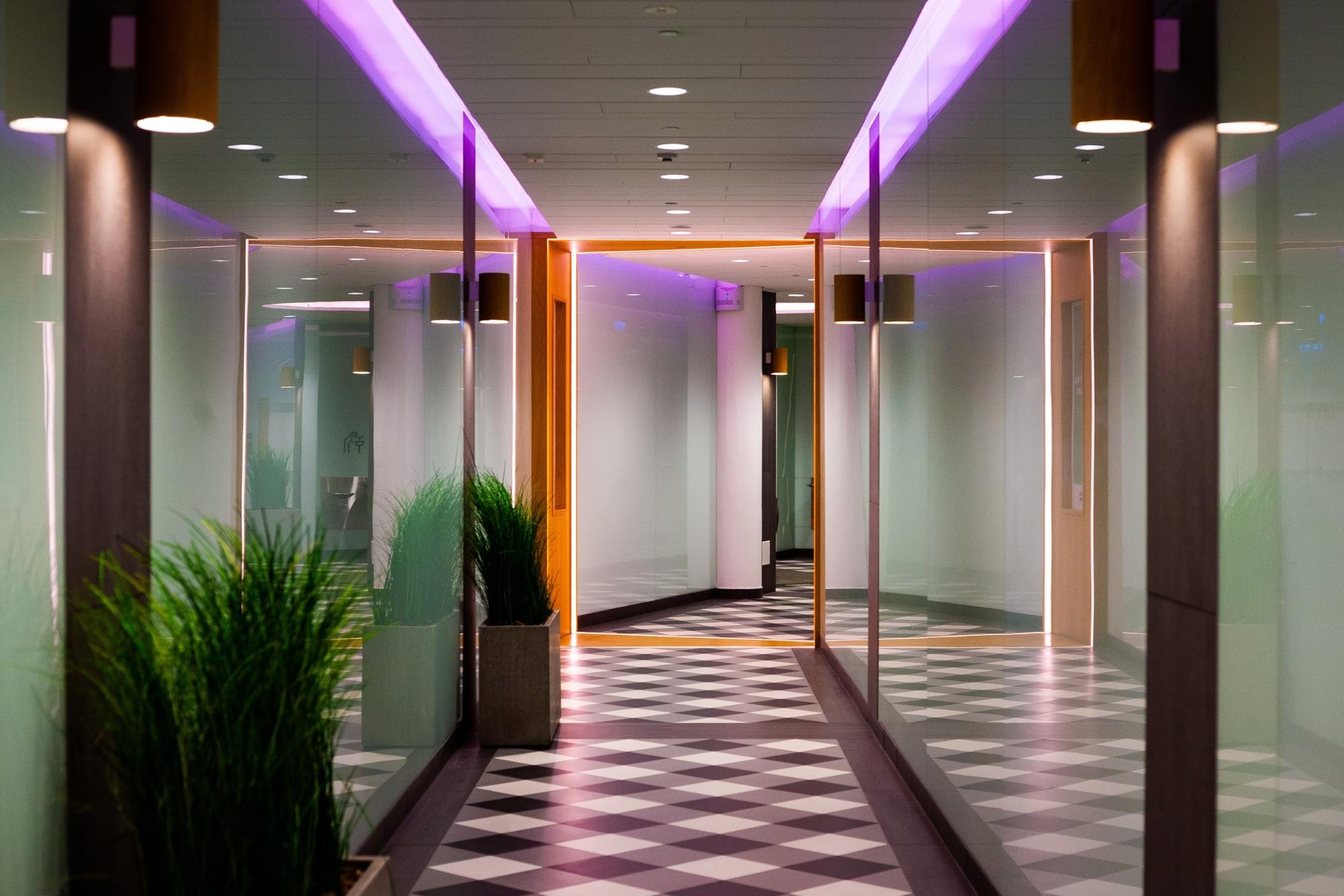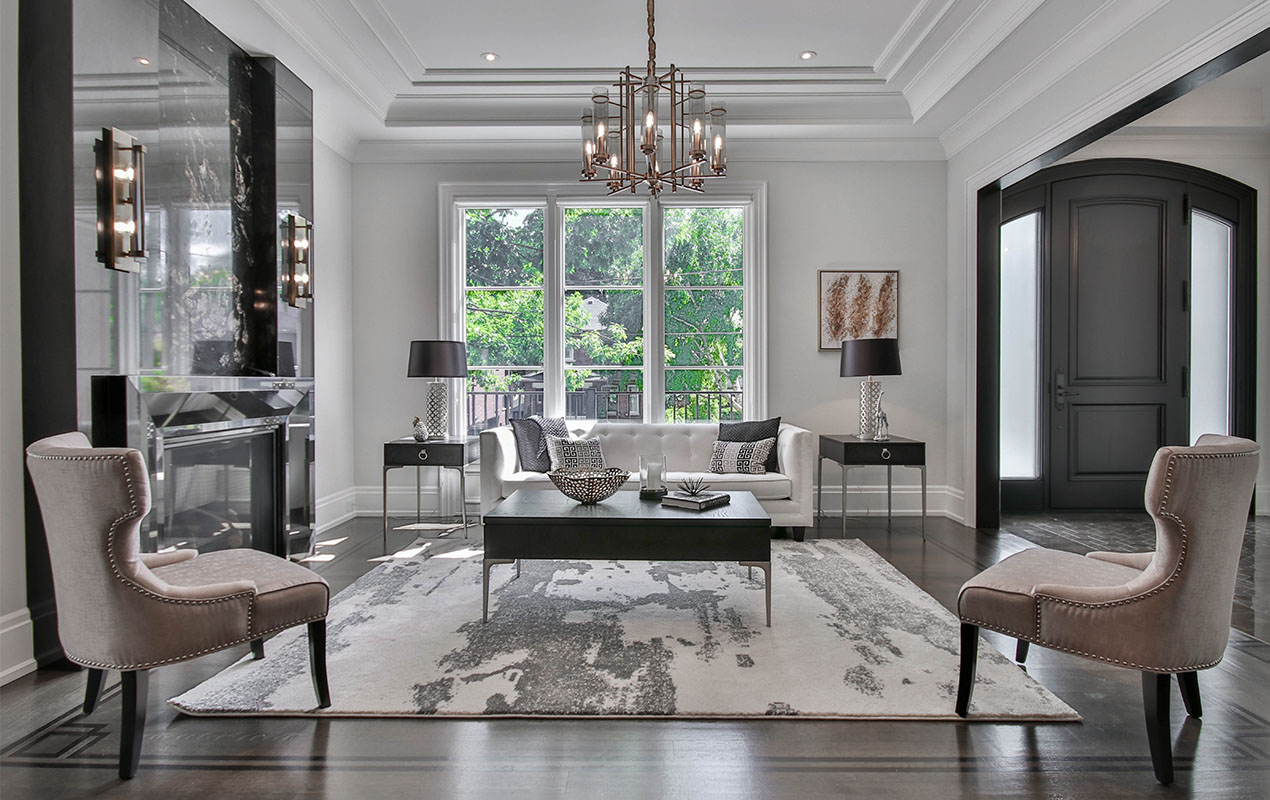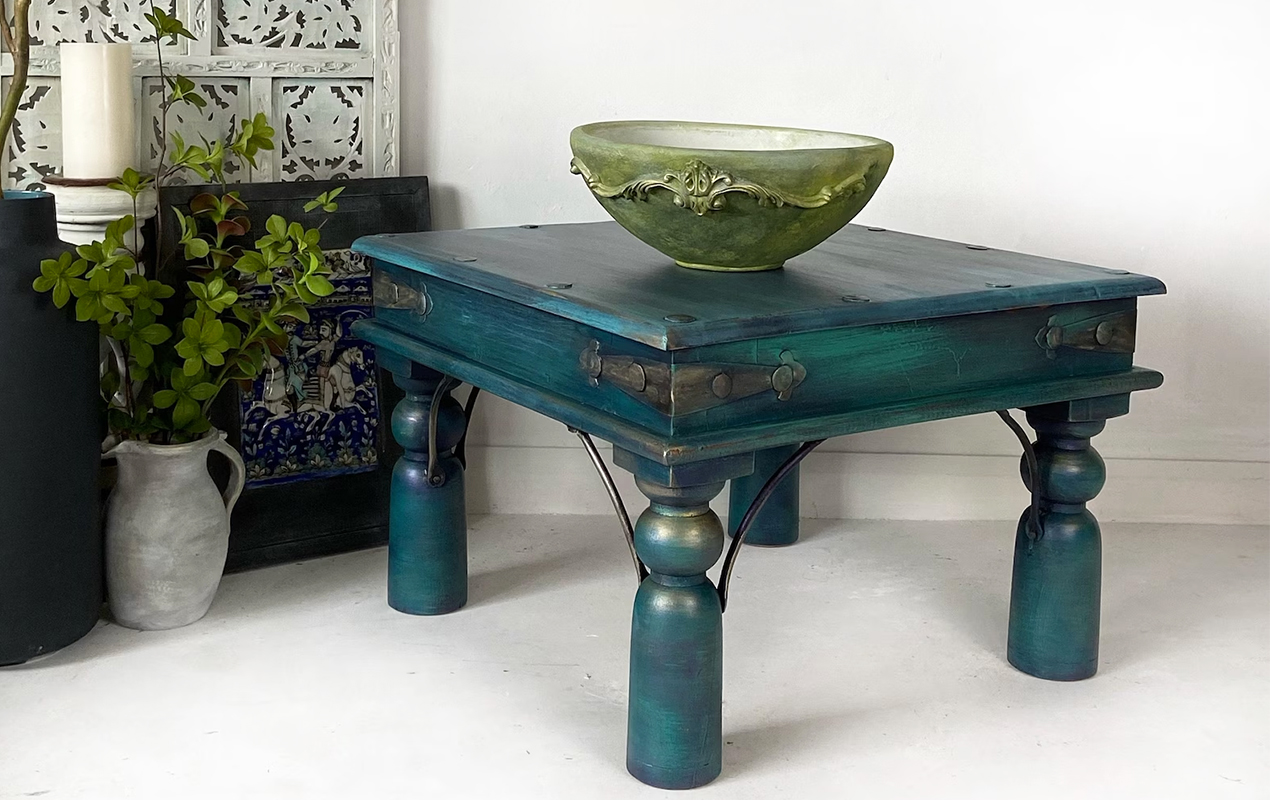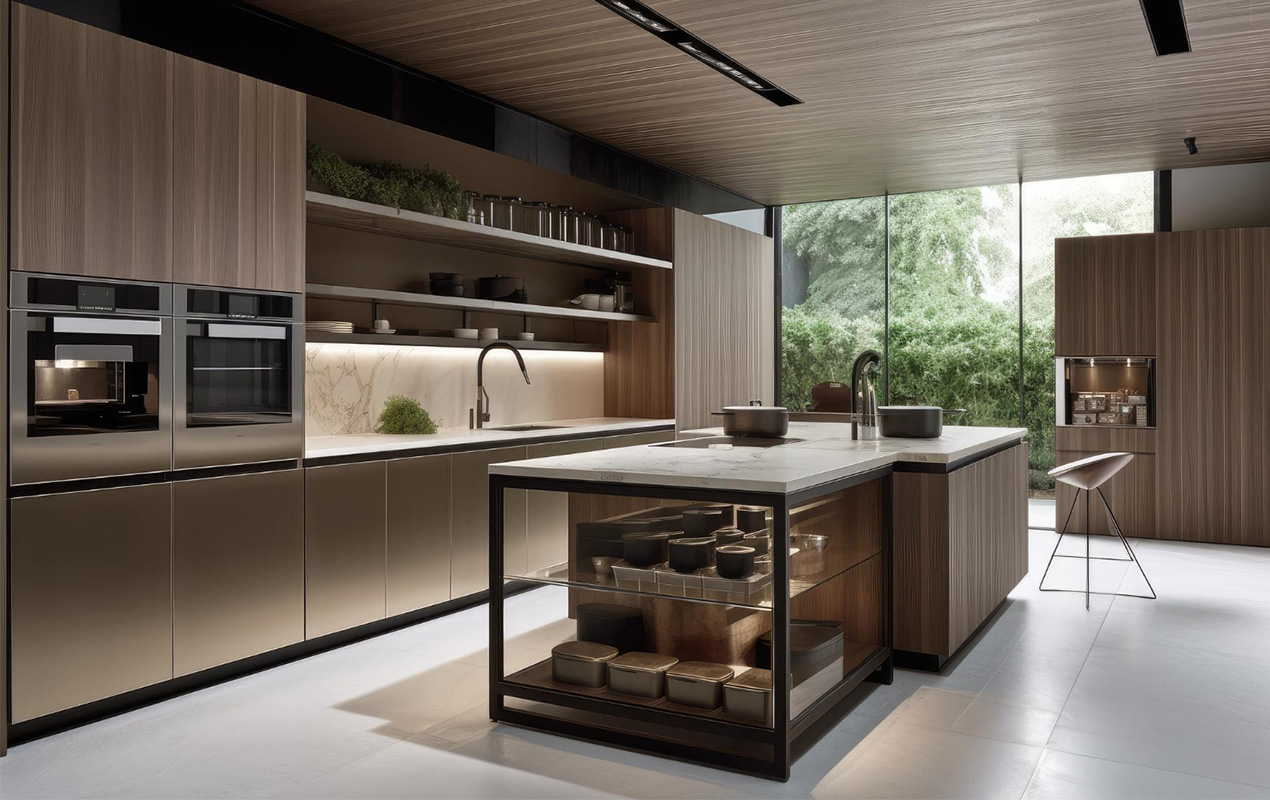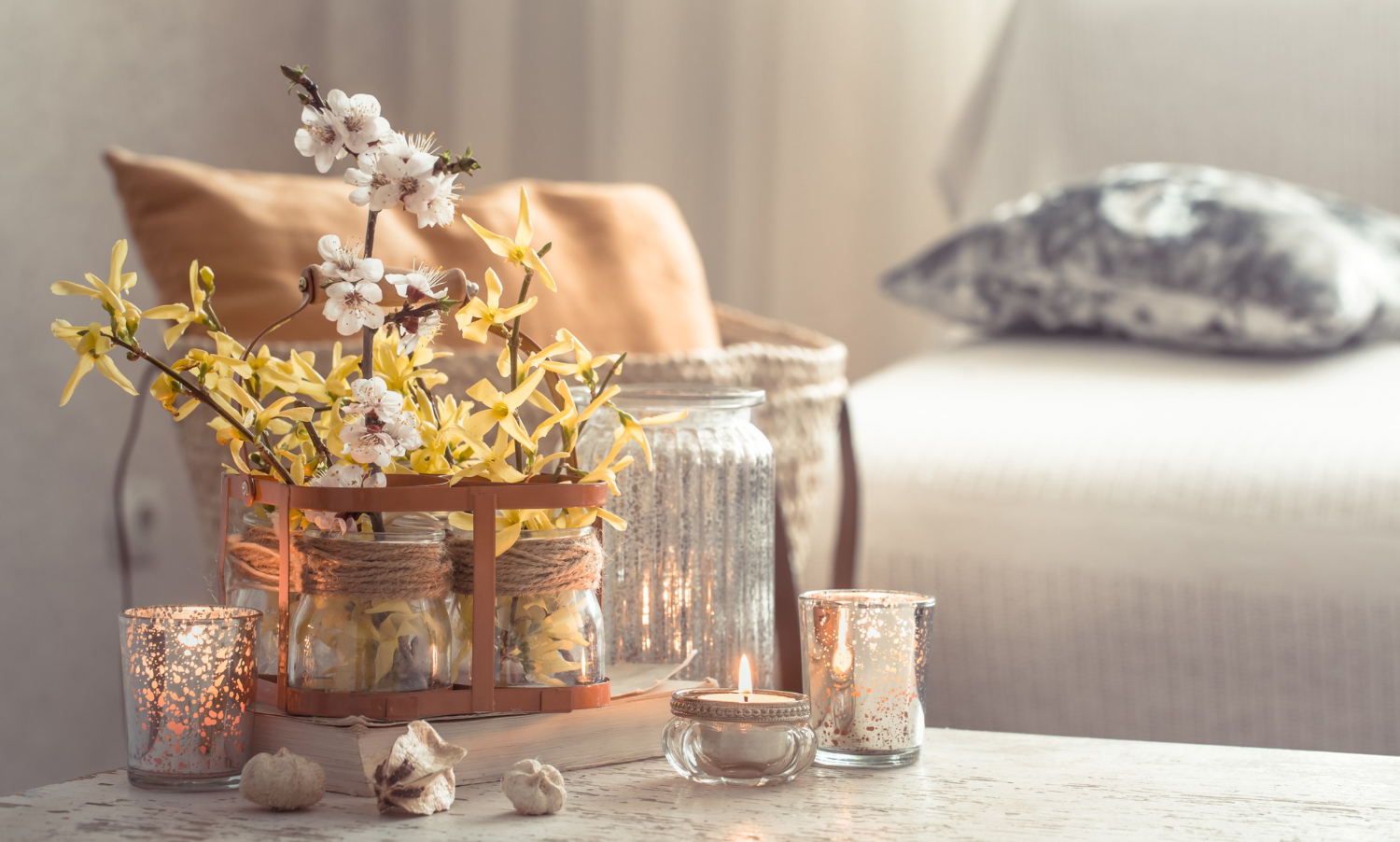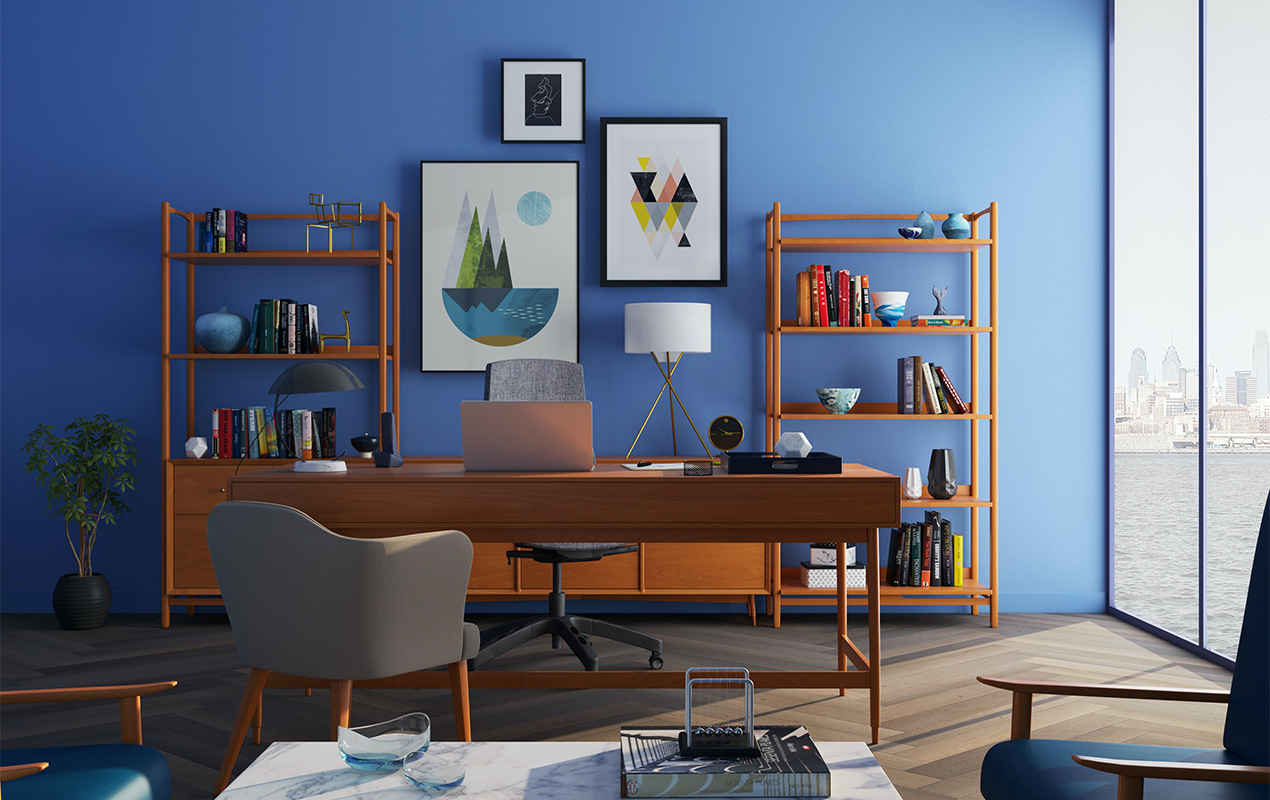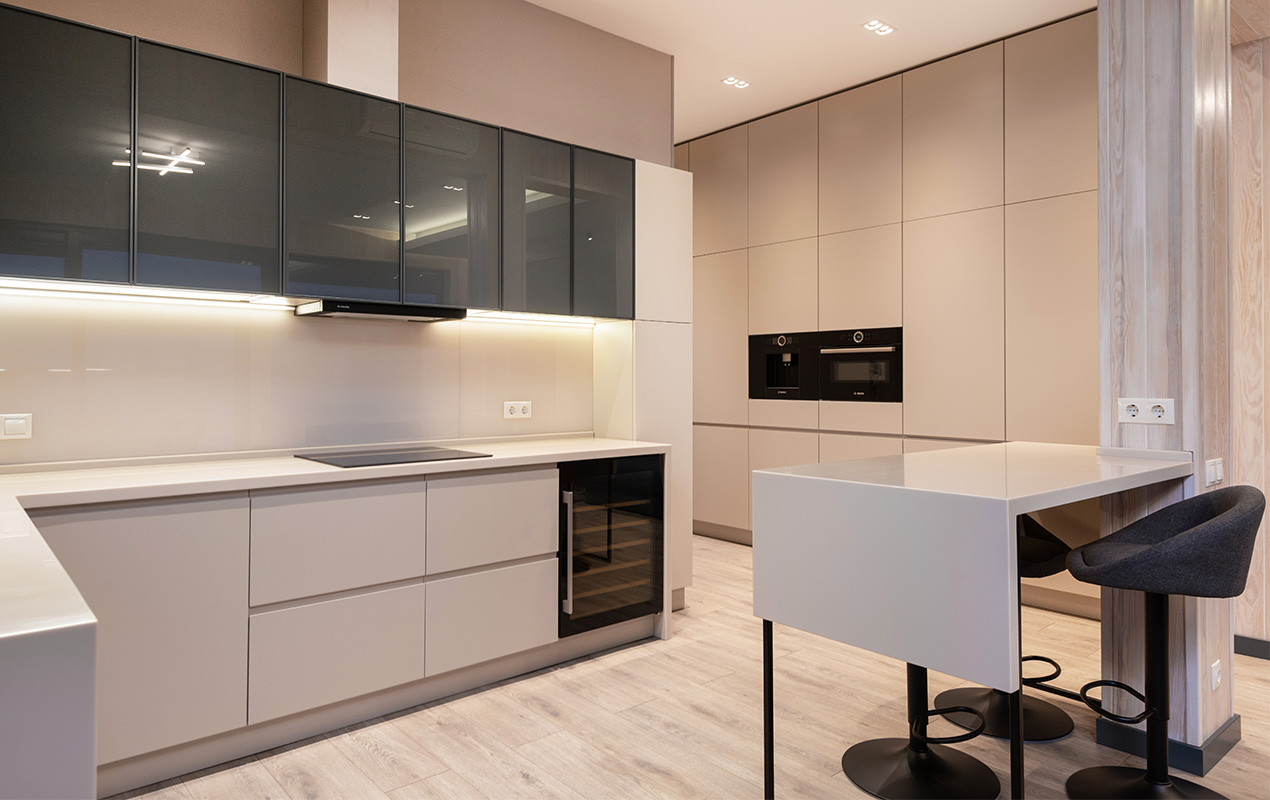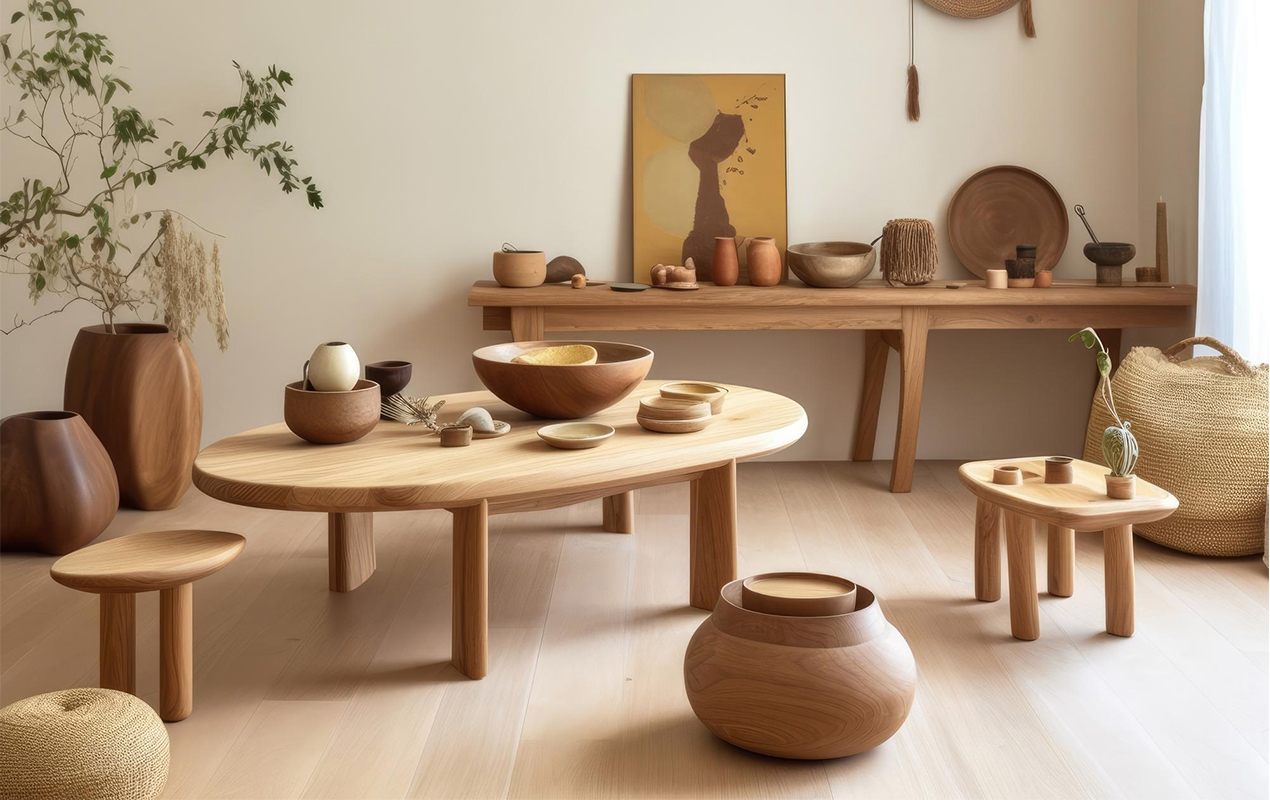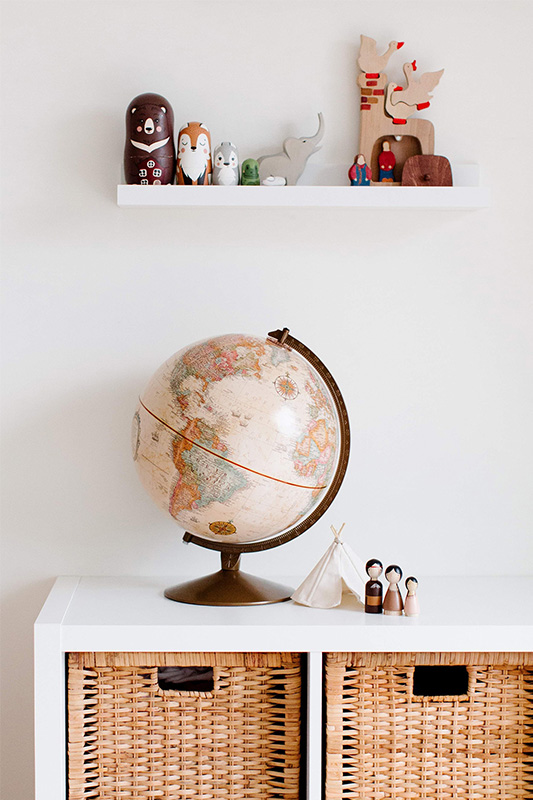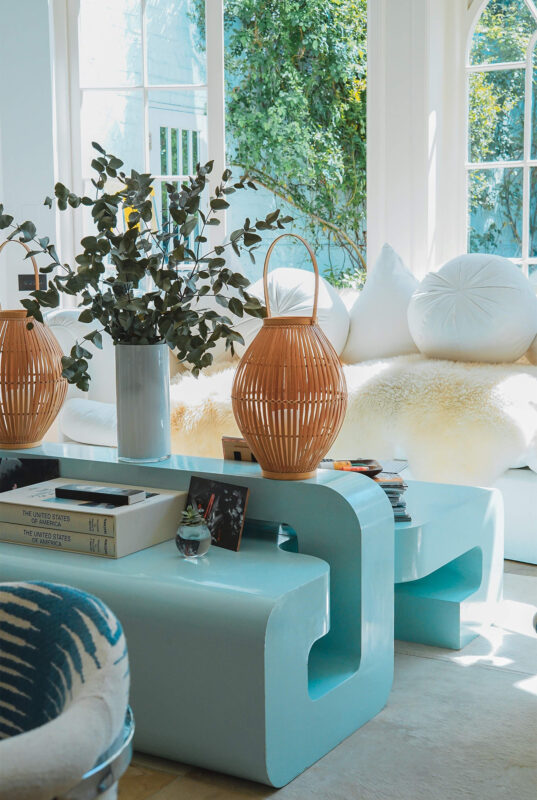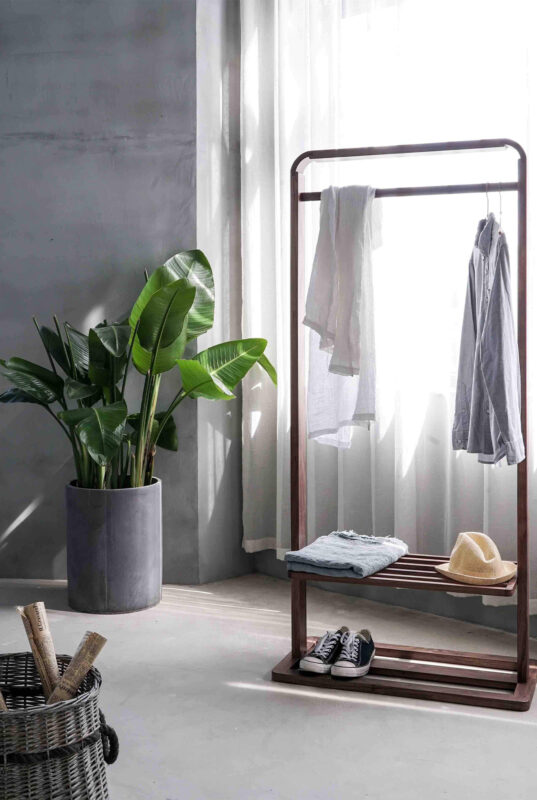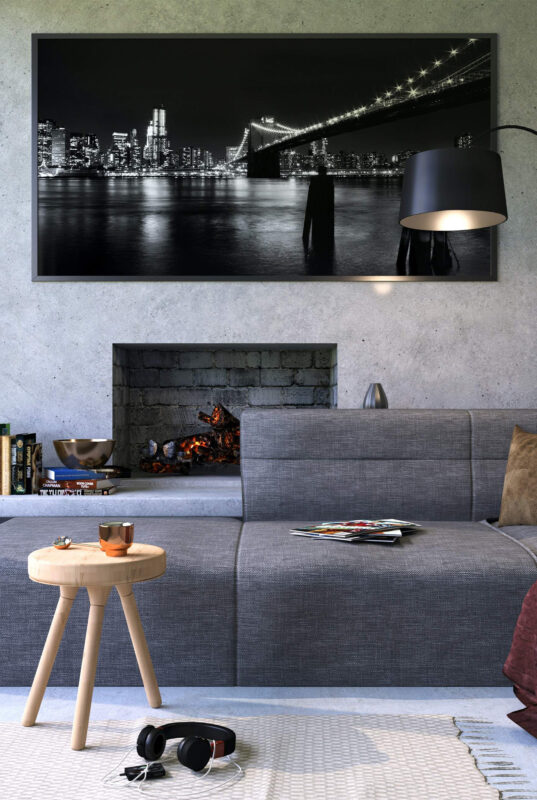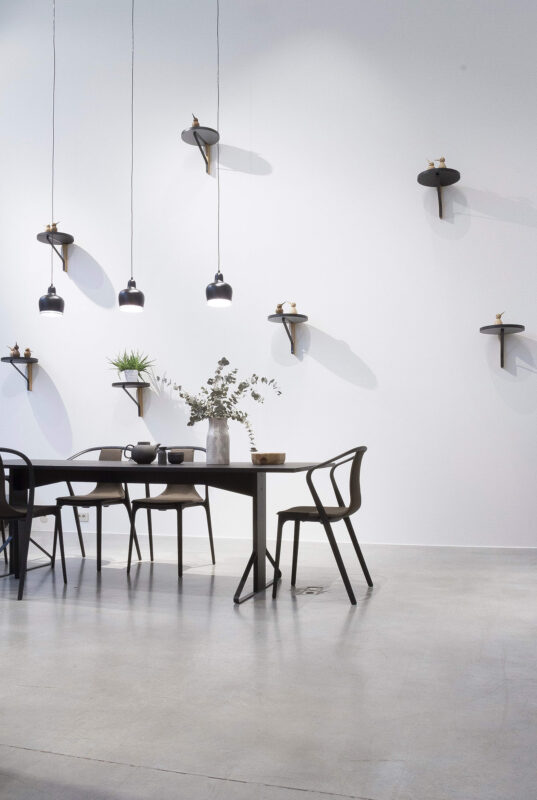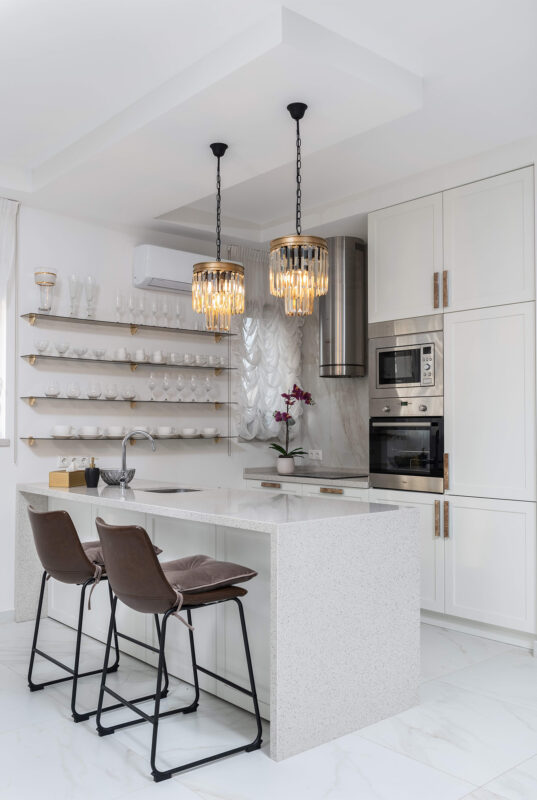Blog
Design for Health: How Interior Design Affects Mental Health
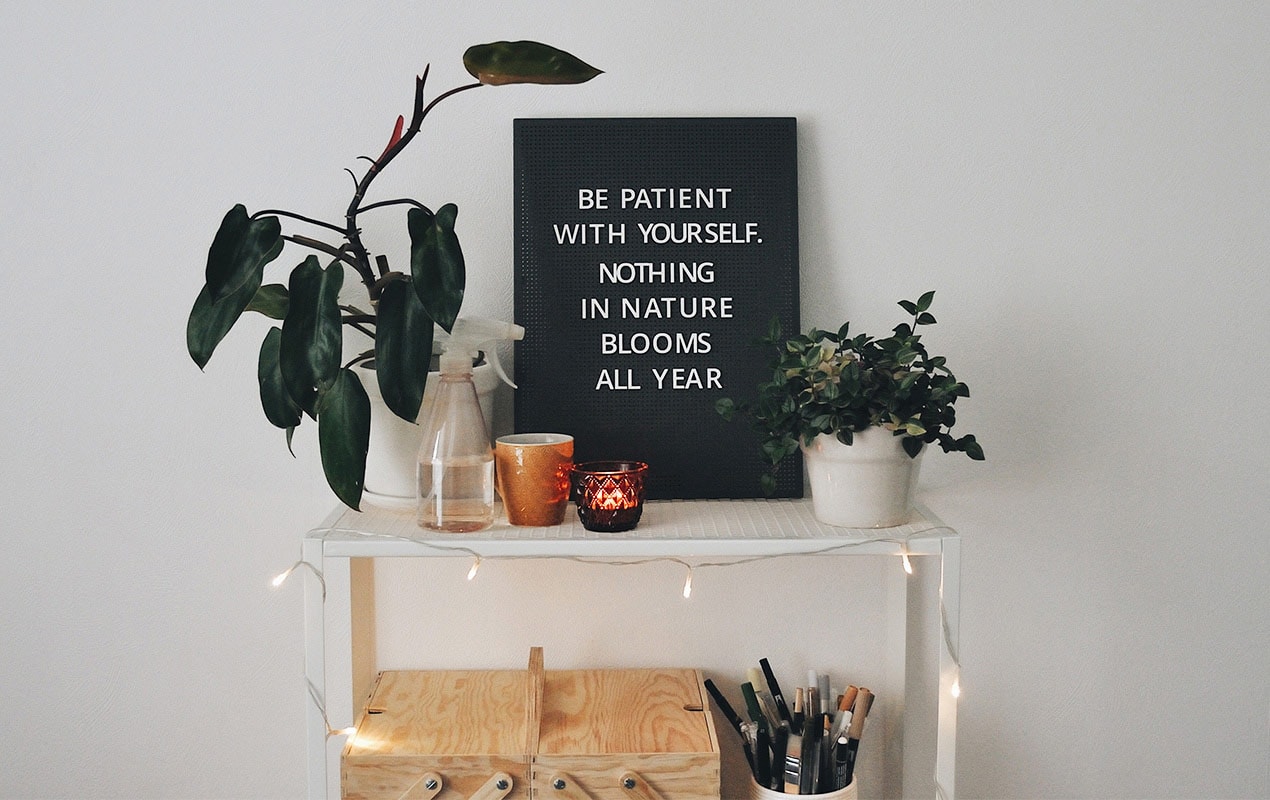
Interior design and mental health may be two phrases you don’t typically expect to see next to one another, but the link is much less tenuous than you might think. More and more scientific studies are starting to suggest that your home’s look, feel, and layout profoundly affect your mental and even physical well-being. Could bad interior design mean bad mental health? We’ve compiled this article to explore how interior design affects mental health, including some tips for lifting your mood with simple choices.
DISCLAIMER: We are not mental health experts, and this article should not be confused with the work of medical professionals. If you’re feeling overwhelmed, burnt out, or mentally under the weather, you should never feel afraid or embarrassed to seek help, whether in person or online.
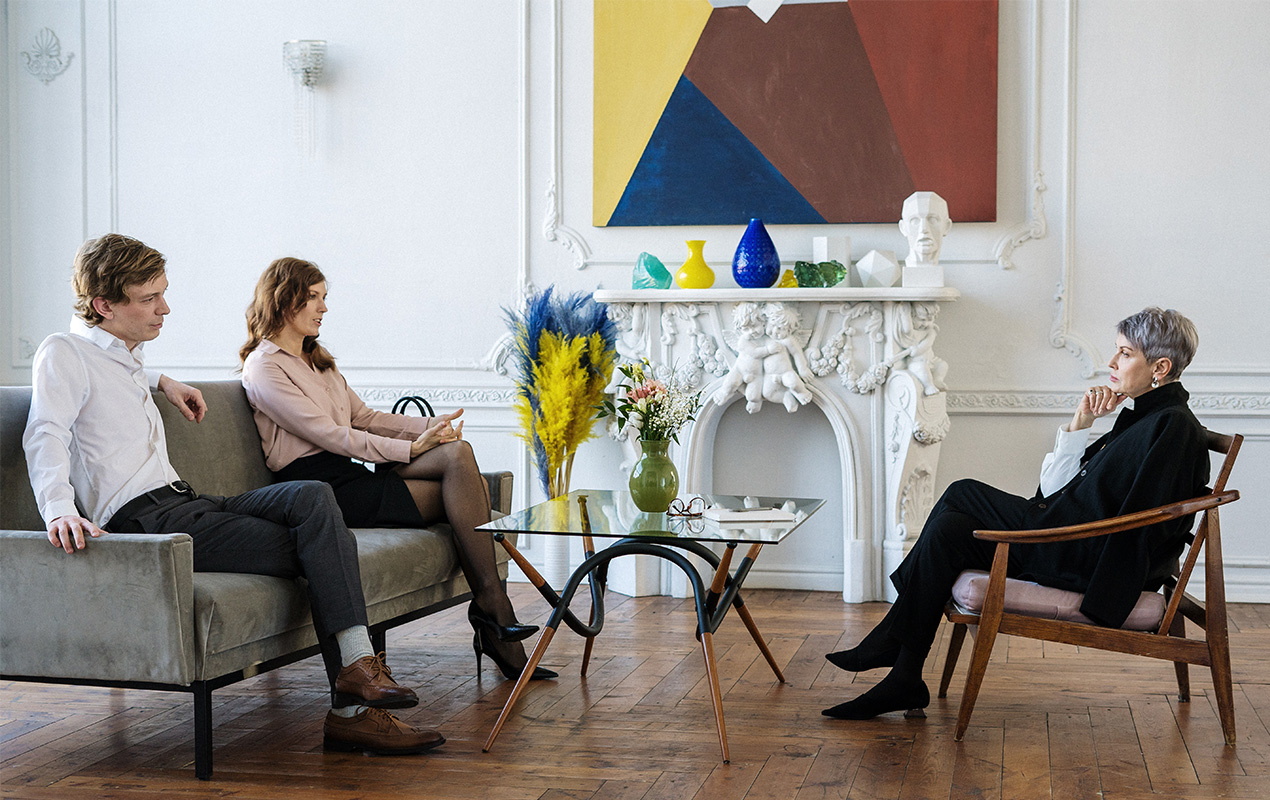
Photo by Cottonbro from Pexels
Insight – This isn’t a Miracle: While your home’s decor could definitely have some tangible benefits for your mental health, remember that it’s not a miracle solution. Look inwards just as much as you look at your living room.
How Interior Design Affects Mental Health: Light
One of the more significant aspects of interior design’s psychology is how you use light in your home. Natural light is one of the most vital things for human well-being, providing us with vitamin D, helping to lower blood pressure, supporting our immune system, and helping fight seasonal depression. In cases where light exposure isn’t enough to improve mood, therapies like cognitive behavioral therapy can also support mental health. If your home is lacking in windows or other sources of natural light, or even if your blinds are too thick and opaque, it’s likely that you’re depriving yourself of one of the critical ingredients for a better state of mind.
Natural light directly influences our circadian rhythm, which regulates energy levels and sleep patterns. Adequate exposure can lead to increased vitality and a more balanced mood.
On the other hand, overexposure to blue light can’t be understated. In this modern world, we spend so much of our lives with our eyes glued to screens, but too much blue light has been shown to negatively impact sleep, which can severely damage our mental health. Filling every room of the house with TVs or other sources of blue light could be your downfall.
Continue Reading: Smart Ways to Utilize Natural Lighting in Your Home
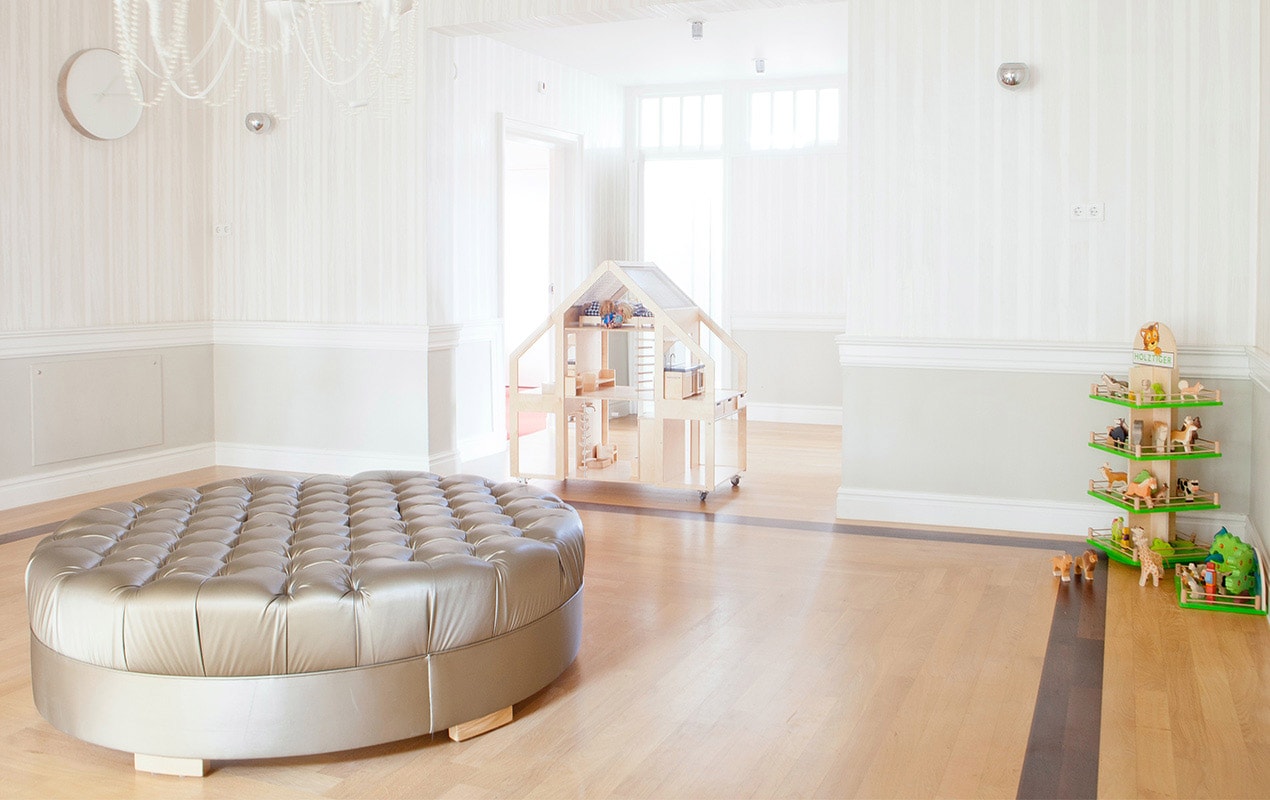
Photo by Liliane Limpens from Unsplash
How Interior Design Affects Mental Health: Work and Functionality
When interrogating interior design and psychology, it’s worth considering the work-from-home revolution of the COVID-19 period. Since the pandemic, more and more people have either been forced to or opted to work from home. This in itself has had many benefits, especially to the work itself, generally increasing productivity and workplace morale in most people. However, its impact on your home space could bleed into your mental health.
When we set up “offices” around the house, especially in homes without dedicated study spaces, we’re essentially creating associations with work in places formerly not intended for it. If you work from your bedroom, it can be hard to relax when it’s time to turn in for the evening. You should try to set up your workstations in areas you don’t generally try to relax in, and if space is an issue, attempt to use lightweight, multifunctional decor that can be packed away with ease at the end of the day.

Photo by JP Lockwood from Unsplash
Insight – Pinch in Some Salt: Things like color psychology are interesting to investigate, but they’re not exact sciences. However, a color that makes you feel personal is your business and your business alone.
# Clutter
Can feng shui help depression on its way out of your mind? It’s becoming apparent that it could. Clutter and crowded spaces can be a real contributor to stress, with studies showing that mothers of young families have higher cortisol (stress hormones) levels than most adults in day-to-day life. This isn’t exclusive to disposable clutter either, with too much furniture getting in the way of free movement also being a cause for stress. If you’re interested, check out the Mental Health Furniture available from Knightsbridge.
Have you ever wondered, “Why are depressed people’s rooms messy?”, because the answer is more complex than one might imagine. It’s true that depressive people struggle to find the motivation to tackle even the simplest of day-to-day tasks, but there are signs that the messiness itself contributes to the depression. This means that a messy room can be both the cause and the symptom of a low mood in a somewhat vicious cycle. As the old saying goes, tidy room = tidy mind, so while chores are… a chore, they could help to maintain your quality of life.
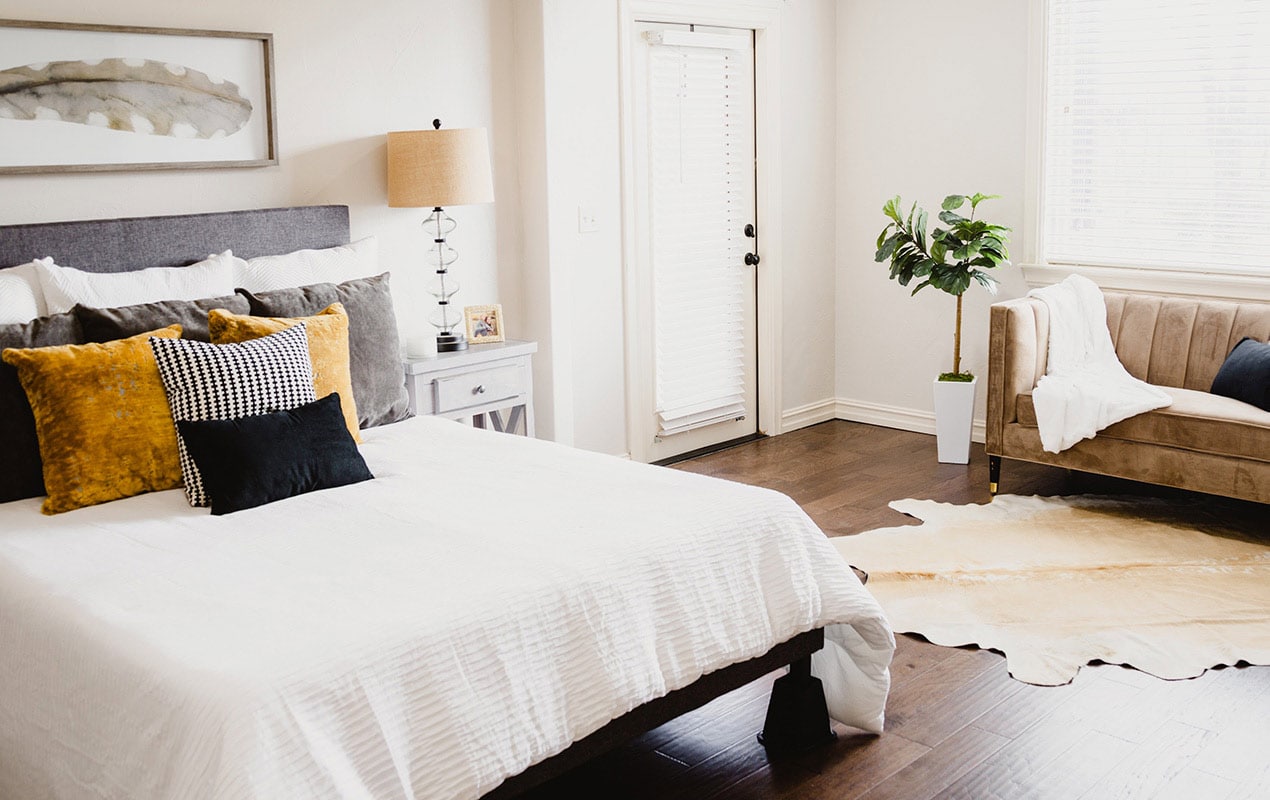
Photo by Isaac Martin from Unsplash
# Color
One of the key links between interior design and well-being is how color affects our mental state. Now, the effects of different colors will vary from person to person, but if you know yourself, you might be able to fill your home with colors that help with anxiety and depression. It’s most certainly not as black and white as it might seem.
- Red – The color of passion, which could help bring you out of a slumped mood but may not be the best if you suffer from intense moments of anger.
- Green – The color of trees and grass can help to soothe your mood and make you feel closer to nature.
- Blue – Feeling blue doesn’t have to be so bad! Blue can be a very calming color; however, it can also be somewhat depressive.
- Orange – Much like red, orange has the power to reinvigorate, which can be great for less active periods.
- White – To some, the purest color. White can help to declutter your mind, but it can also feel sanitary and constrictive.
- Black – Black may be associated with gothic tropes but can also represent power over your emotions and feelings.
The list above shows how specific colors can affect mood, allowing you to pick out the perfect mood-lifting wallpaper if needed.
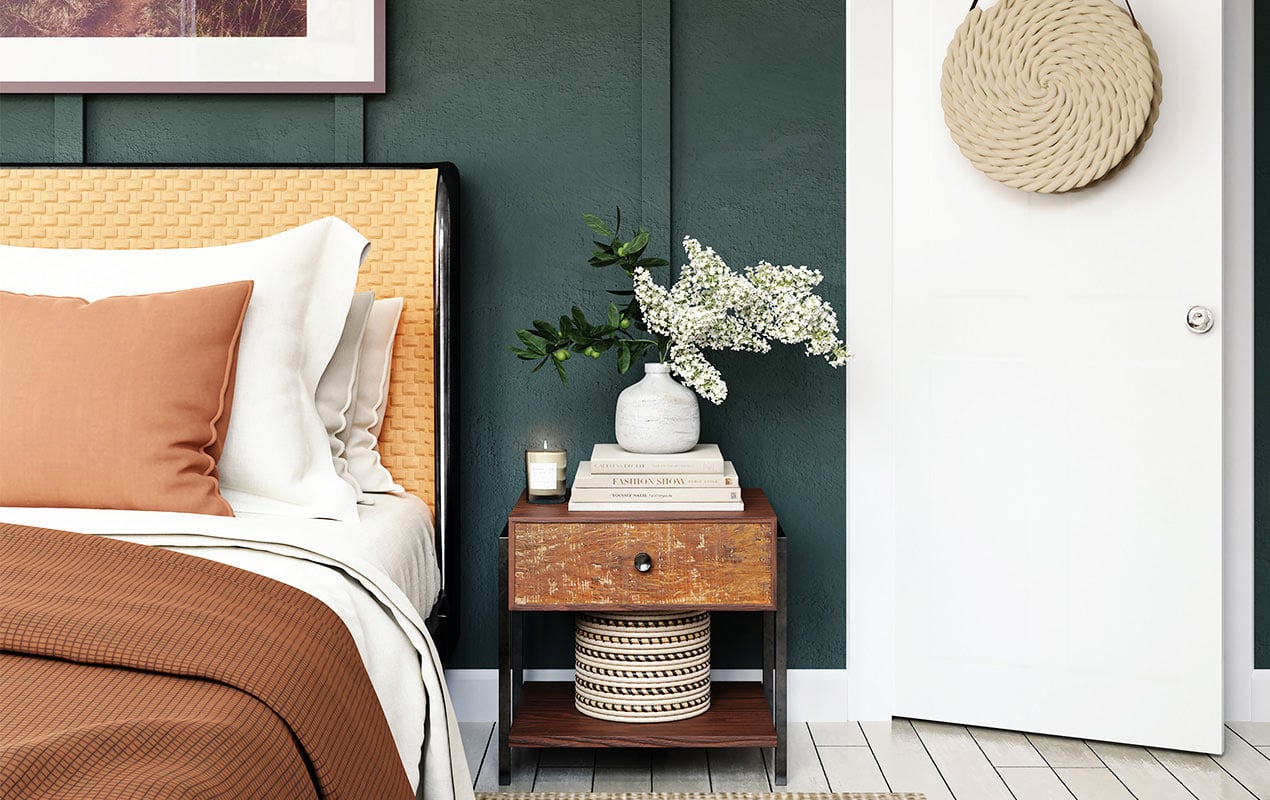
Photo by Spacejoy from Unsplash
Insight – Get out the House!: While creating a lovely home environment is great for the head, getting out into the world is just as important. Don’t let interior designing take up too much time that could be spent experiencing life!
Final Thoughts
It’s clear that interior design can have a real, tangible effect on our mental health, but it can be different for everyone. It’s crucial that you don’t take the conclusions we’ve made from our research as gospel and always do what you feel is right for you, including seeking professional help if it’s needed. There are plenty of blogs out there about design, decor, and mental health, so feel free to continue your research and gain knowledge in every way you can!

